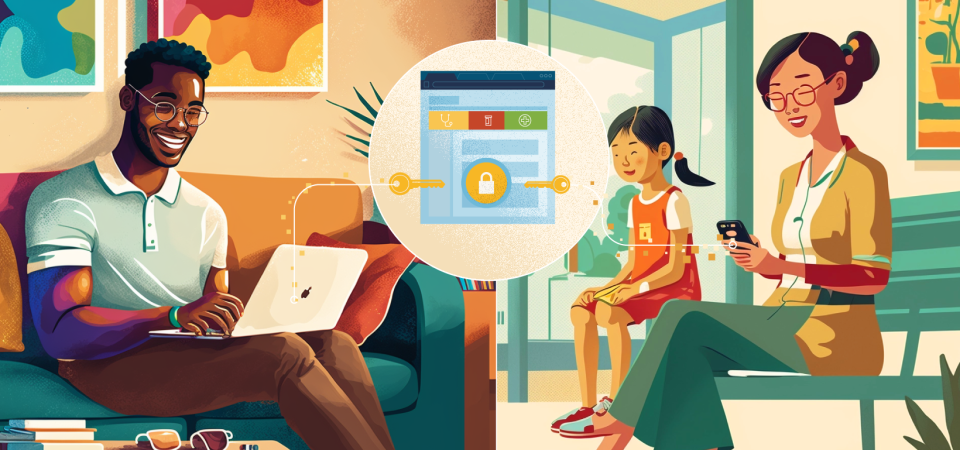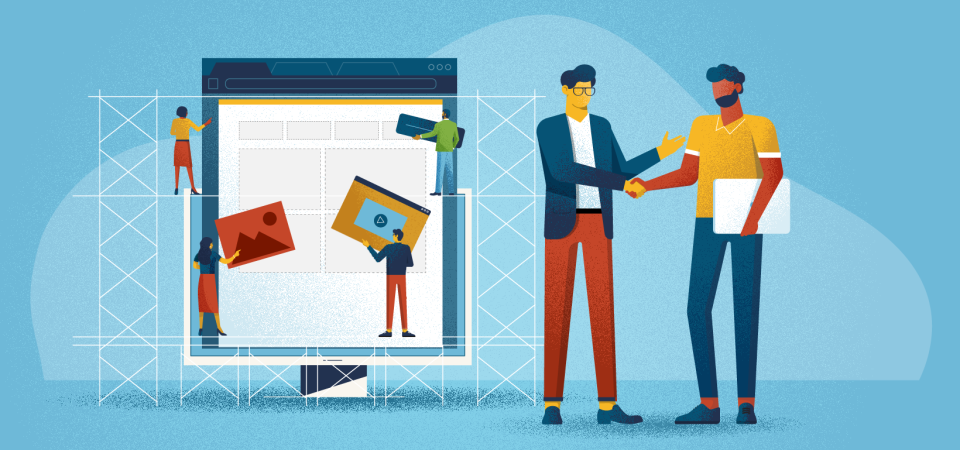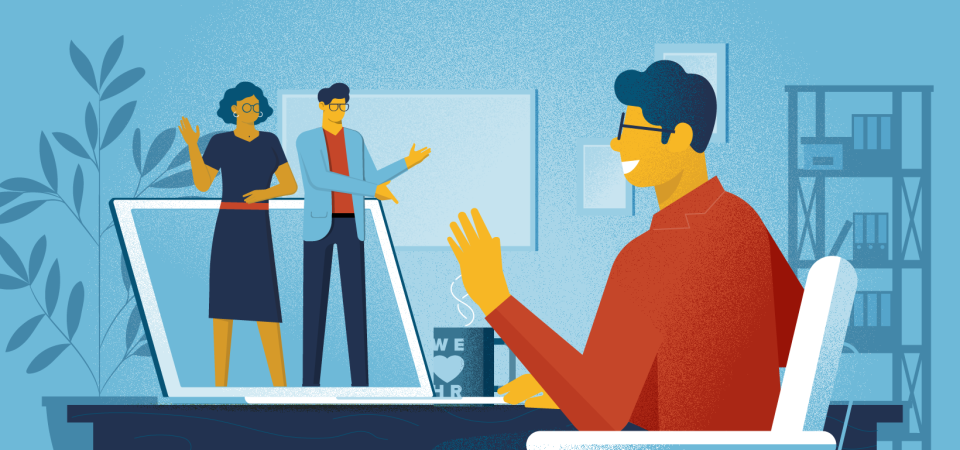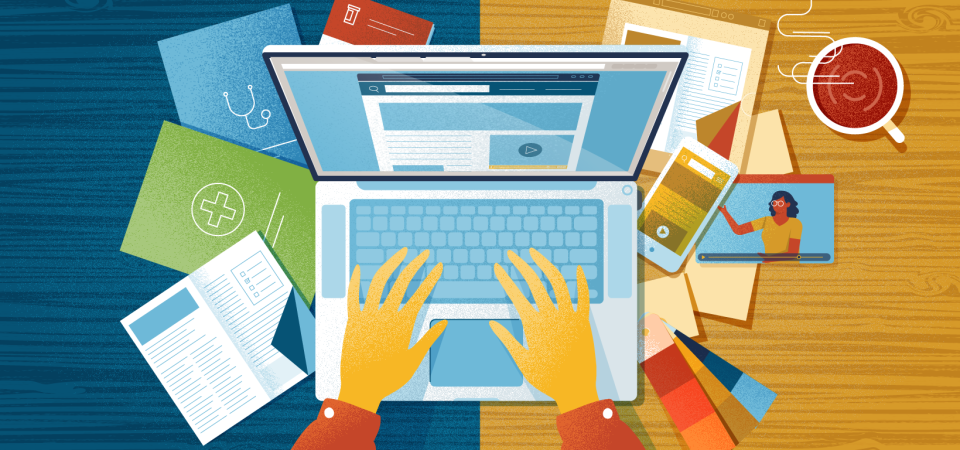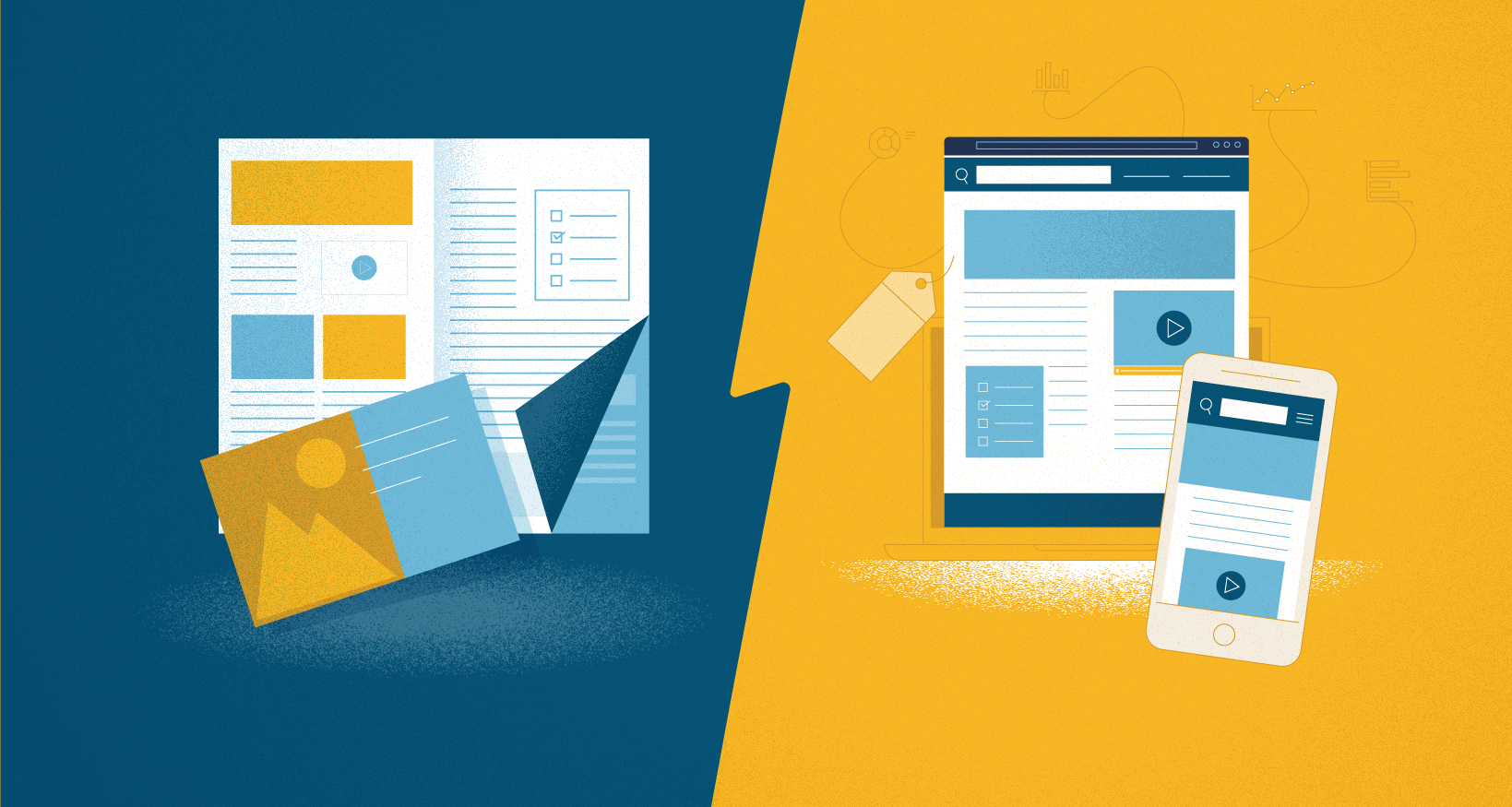
Knowing the strengths and weaknesses of each media type makes for a more effective employee communications strategy.
Print Isn’t Dead
As employers grapple with what the new workforce wants from their employee communication, they need to know how best to use both kinds of media types. The drastic shift to remote working has made digital channels like microsites, email newsletters, and intranets more important. But depending on the use case, printed materials like brochures and postcards can be more impactful.
As Joshua Meyer, senior consultant at San Francisco-based benefits communications firm Segal Benz wrote, “Printed communications pieces are still effective at getting people’s attention,… especially when they’re getting hit with so many emails, texts, and other messages.”
The advantage of mailing a printed piece to employees is that you can cut through the digital noise that dominates their lives and grab their attention, albeit for a short while. This tangible quality of postcards and brochures also makes this kind of communication more memorable. As Milward Brown discovered in their recent study,
“This [study] suggests that physical material is more “real” to the brain. It has a meaning and a place. It is better connected to memory because it engages with its spatial memory networks.”
Print is best suited for:
Short-term attention grabbers like a campaign launch, periodical reminders during open enrollment, or wellness initiatives.
Digital isn’t a Silver Bullet, Though
There are obvious time and scalability advantages to using digital channels. As Meyer adds, “when you put your benefits information online, you’re giving participants and families a single destination to act on their benefits or to find answers to their questions anywhere, anytime.” Not to mention the time and cost savings of making it easy to update benefits information each year.
But, as mentioned before, your clients’ messages can easily get lost among the deluge of notifications. Plus, if a sizable portion of your clients’ workforce is deskless, they’d feel left out of a purely digital communication plan.
Digital is best suited for:
Long-term educational resources like benefits, microsites, explainers, or decision-support tools.
If you’re looking for more tips on how to optimize a benefits microsite, check out our article on How to get the most out of your Benefits Microsite here.

